Exploring alternatives amid Karachi’s gas shortage conundrum
Aasifa Siddiqui, a resident of Karachi, laments the gas crisis over the past three years, worsened by an unreliable schedule. As a housewife and a home-based food business owner, the low gas pressure has transformed once-quick tasks into hour-long endeavors, disrupting both her household and business operations.
“A task that once required fifteen to twenty minutes, now consumes an hour”, Complains Siddiqi.
Siddiqui further underscores the impact on her food business, noting that the delays in customer orders have significantly compromised the overall quality of her service.
“I attempted using LPG cylinders, but the increasing prices have become another hurdle. Additionally, there is a constant fear of potential cylinder bursts.”
For Siddiqui, the soaring costs, coupled with safety fears, have made the transition far from being a seamless.
Miss Songul Jamal, CEO and founder of Marine Conservation Pakistan, works not only to preserve and restore coral reefs but also to uplift coastal communities. Mubarak Village, situated thirty kilometers from Karachi and home to ten thousand people, faces the significant challenge of living without electricity and gas, causing immense hardship for residents. In an effort to address this, Jamal initiated a trial by providing a bio pellet stove to a family in Mubarak Village.
Bio pellet-fired cookstoves offer a cleaner and more sustainable solution for cooking. It uses compressed organic materials, like wood or agricultural residues, in the form of biomass pellets for fuel.The combustion of biomass pellets in cookstoves produces lower carbon emissions compared to traditional solid fuels.
“The motivation behind providing the bio pellet stove was to help women who have to cover distance of nineteen kilometers to cut mangroves and native trees for food,” Jamal says.
It would also improve the health conditions of people, she adds.
The gas crisis extends beyond residential concerns, casting a wide-ranging impact on industries as well.
Adamjee Enterprise Textile Mills, an export-centric textile company located in Karachi’s SITE area, initially relied on K-Electric for its power requirements. However, prompted by the rising electricity prices, the company strategically transitioned to diesel generators.
With the surge in diesel costs, gas generators were introduced.Mr. Nasir Naeem, an employee at Adamjee Enterprise, reveals that frequent low gas pressure hampered operations; when the generator worked, the steam boiler wouldn’t, resulting in production losses. Consequently, in pursuit of a more reliable energy solution, Adamjee Mills decided to import wood boilers.
“The steam unit of the wood boiler incurs a thirty percent higher cost compared to gas. Each day, around twelve tons of wood are consumed,” Naeem reveals. For factories unable to absorb the extra expense, the only viable options are either shutting down their units or implementing downsizing measures.
Siraj Monnoo, the director of Olympia Mills Limited, highlights that the delayed exploration of gas resources has led to the current depletion of gas reserves. The transfer of gas from Sindh to Balochistan further exacerbates the shortage, particularly during winter.
Monnoo emphasizes that the impediment to transitioning to alternative energy resources lies in the escalated capacity payments to power plants. In the current system, Pakistan is obligated to pay capacity payments to contractors regardless of whether or not electricity from those plants is utilized.
He, therefore, advocates for the promotion of industrialization.He asserts that increased usage of power plants would alleviate the capacity payment issue.
Mustafa Amjad, program manager at Renewables First, an Islamabad-based think tank working on renewable energy, shares the same concern. He highlights that the energy sector is grappling with a circular debt of approximately two trillion rupees. Considering the precarious state of the gas sector, Amjad predicts that the domestic gas availability could cease by 2035. He also urges Government to revise the contracts with IPPs.
Amjad recommends the adoption of electrification, a process involving the conversion of energy systems to operate with electricity rather than traditional sources like gas. The electrification can optimize energy use and contribute to sustainability. This shift aligns with a forward-thinking approach, offering industries and systems a more resilient and diverse energy solution amidst the challenges associated with conventional gas sources.
Zeenia Shaukat, energy expert at The Knowledge Forum, a Karachi-based think tank working primarily on renewable energy, says that the criteria for any alternative renewable energy resource should be lower emissions. And by that she means lower emissions from source of production to transmission to delivery point. Equipment that is projected as clean but involved fossil fuels use at some level can be problematic.
“Electric stoves may not generate heat in the interiors, but they can be problematic if electricity is supplied from fossil fuel sources,” Shaukat says.
The government must shift to renewables. However, renewables require over ground infrastructure while protecting transmission losses is also important. This requires installation of renewables facilities closer to population, rather than the current structure that is heavily reliant on long distance transmission and distribution networks for delivery. Even biogas producing digesters or micro-methanes require infrastructure that need land and proximity to delivery points.
The existing shape of our cities which are based on the flawed concept of densities make it impossible to incorporate low cost, shorter transmission system based renewables whether it is rooftop solar or biogas structure.
To promote renewables, the government will have to rethink housing, land utilization and urban planning as much as other requirements such as investment and funding. “The current infrastructure of our cities – where the largest consumption of gas for cooking takes place – makes no space for renewables,” Shaukat adds.
For the latest news, follow us on Twitter @Aaj_Urdu. We are also on Facebook, Instagram and YouTube.


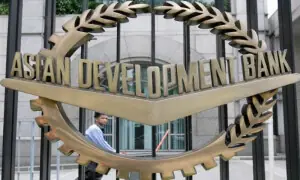









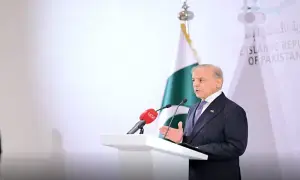
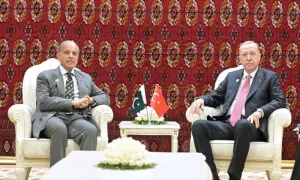
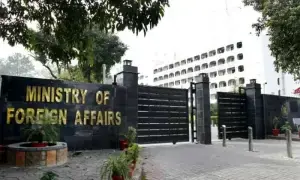



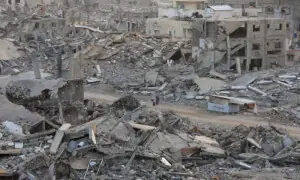
Comments are closed on this story.